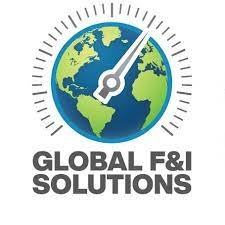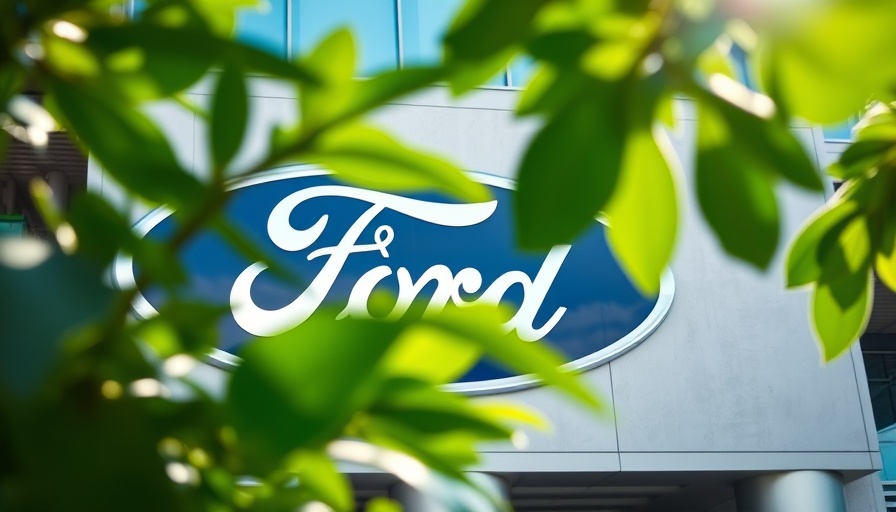
Understanding the Resilience of the Auto Dealership Market
In a changing economic landscape, the auto dealership market demonstrates surprising resilience amid tariff uncertainties. A recent report by Kerrigan Advisors reveals a 15% decline in transaction activity during the first quarter of 2025, largely influenced by the ever-evolving landscape of automotive tariffs. Despite this dip, dealership earnings have shined, with average public dealership earnings climbing to $1.03 million, signifying a 7% year-over-year increase. Remarkably, this growth marks the first positive earnings shift since 2022, bolstering confidence within the sector.
The Positive Impact of Tight Inventory Levels
Many dealerships are buoyed by tight inventory levels, which help maintain higher pricing amidst lower transaction numbers. As Erin Kerrigan, founder of Kerrigan Advisors, points out, there is a steady supply of motivated sellers entering the market, suggesting robust activity in the upcoming months. With nearly 400 transactions anticipated for 2025, the remaining quarters may reveal a resurgence in dealership activity and confidence, particularly in high-demand regions like the South.
Dealership Consolidation: A Future Trend Advocate
Another significant trend emerging from the current market climate is the shift towards consolidation. Although public dealership groups have redirected significant capital toward stock buybacks—allocating nearly half of their resources away from acquisitions—the broader history of industry consolidation remains intact. In fact, the Top 150 dealerships accounted for a staggering 33% of industry revenue in 2024, reflecting a 10% rise from the previous year. This indicates a growing concentration of market influence, as more single-store dealers opt to sell their businesses.
Market Sentiment and Future Predictions
Looking forward, the forecast for the dealer market remains cautiously optimistic. There will likely be increased liquidity in the market, encouraging transactions in the second half of 2025. According to Kerrigan, although economic uncertainties have influenced initial quarters, strong fundamentals, rising dealership earnings, and a keen buyer interest in quality assets will drive transactional growth. This trend aligns with consumer interest in used car financing, as shoppers seek favorable loan rates amidst economic fluctuations.
Conclusion: Navigating Financial Complexity in Auto Financing
For dealership principals and general managers navigating this complex market, understanding used car financing dynamics, including interest rates and loan options, becomes increasingly critical. With current used car financing interest rates fluctuating, stakeholders need to leverage tools like used auto financing calculators to stay informed. As the dealership market continues to evolve, being equipped to provide competitive financing options will help capture consumer interest and foster growth. Whether it’s addressing the value of a used vehicle or understanding refinancing options, the nuances of auto financing can create significant impacts for both dealerships and customers.
 Add Row
Add Row  Add
Add 




Write A Comment